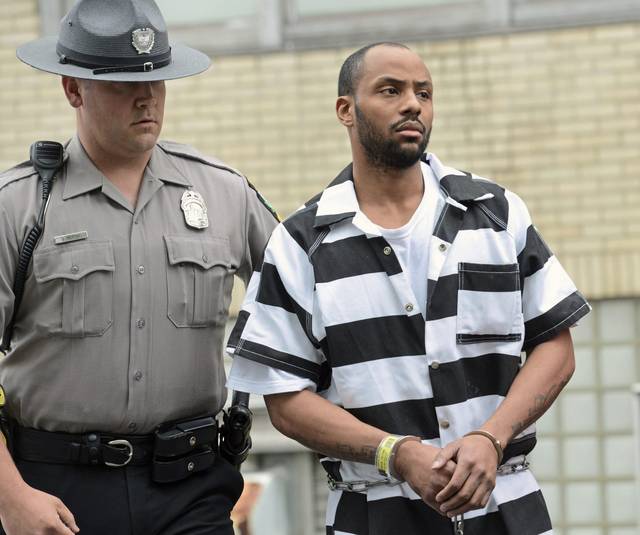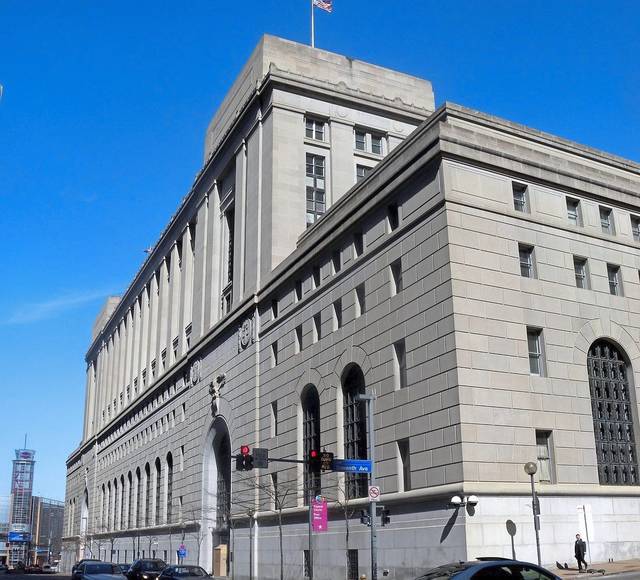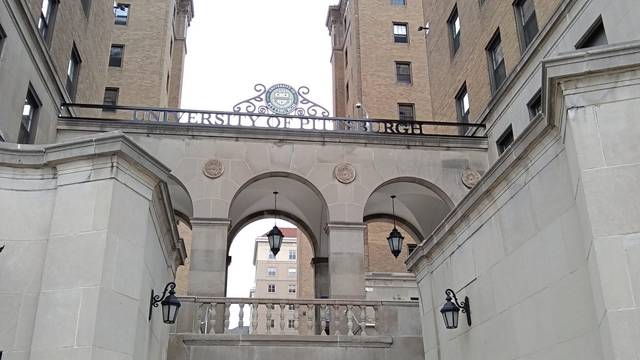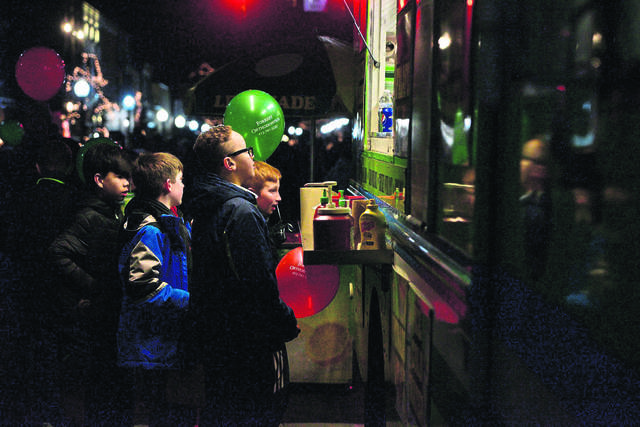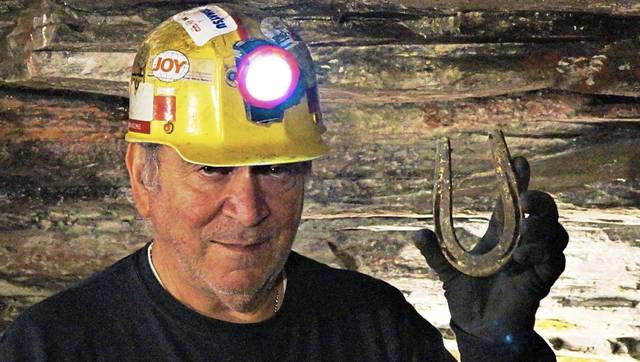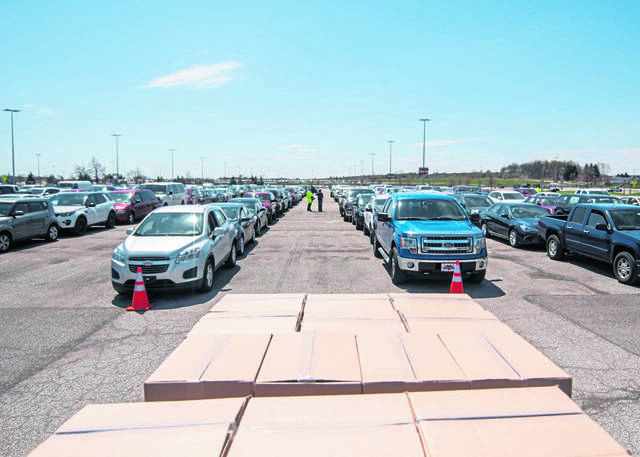Jurors in the 2016 Wilkinsburg mass shooting case will begin deliberations Tuesday morning after just six days of testimony in a trial that was expected to last up to three weeks.
Presented with the option of staying for a few hours Monday evening and beginning deliberations, jurors chose to elect a foreperson and go home after being given the case by Common Pleas Judge Edward J. Borkowski.
Cheron Shelton, 33, faces homicide charges in connection with the March 9, 2016, shooting that killed five adults and an unborn child: Jerry Shelton, 35, Brittany Powell, 27, and Chanetta Powell, 25; their cousin, Tina Shelton, 37; family friend Shada Mahone, 26; and Chanetta Powell’s unborn son, Demetrius.
None of the slain Sheltons is related to the defendant.
Jurors can consider first- and third-degree murder. Shelton could face the death penalty if convicted of first-degree murder.
Shelton was 29 when he is alleged to have opened fire on a backyard cookout shortly before 11 p.m. at 1304 Franklin Ave. Prosecutors say his motive was revenge against one of the partygoers who was rumored to have killed Shelton’s best friend years earlier.
Defense attorney Randall McKinney spoke to jurors for about an hour after the prosecution rested its case. He called only one witness: Shelton’s mother, Desdrene Smith.
Smith testified that her son was happy that day, as he had just been released from a several-week stint in jail the day before. He spent time at her Nolan Court home in Homewood with his girlfriend, Channel Falls, and their two children, she said.
He bounced back and forth between his family on Nolan Court and friends in other areas of the housing complex, she said. At one point, he came back drinking Hennessy cognac out of a baby bottle.
“He was in good spirits, a good mood,” she said.
In his closing argument, McKinney told jurors there is no scientific evidence placing Shelton at the crime scene. The only DNA evidence, he claimed, exonerates his client: Saliva found amid the 7.62×39-caliber shell casings prosecutors allege came from Shelton’s rifle.
DNA did not match Shelton or his former co-defendant, Robert Thomas. It did not match any victims, and it did not match first responders.
“I could quite frankly end my closing argument at this point,” McKinney said.
He again attacked the testimony of Wilkinsburg police Detective Michael Adams, who responded from a few blocks away after he heard the gunshots.
Adams had testified that he drove slowly toward the scene, scanning for victims or suspects, when he spotted who he later identified as Shelton getting into a white Lincoln Continental. He said he pulled next to the man, who stared straight ahead, and stared at him before driving off because the man never responded.
During trial testimony last week, Adams said he stared for about five seconds. On cross-examination, McKinney pointed out Adams previously testified he stared for a minute.
“Just use your common sense,” McKinney told the jury. “There’s no corroboration for Detective Adams’ testimony. There’s nothing to support it. It’s an attempt to put Cheron Shelton at the scene.”
He also pointed out that the .22-caliber rifle seized from Shelton’s mother’s home could not have fired the 7.62×39-caliber rounds from the scene. He called it a red herring.
Letters that Shelton sent from jail and were intercepted by police, he said, were benign: One was apologizing to his girlfriend, who was arrested the same night he was for hindering apprehension. The other was to his girlfriend’s father, but it wasn’t asking him to get rid of a gun, McKinney said, as the prosecutors claim — it was asking him to keep selling drugs in Shelton’s absence.
He said prosecutors had tunnel vision and that they found circumstantial evidence to fit their theory that Shelton was the killer.
The case, McKinney said, is riddled with reasonable doubt — the level to which prosecutors have to prove their case.
Deputy District Attorney Kevin Chernosky, in his closing argument, took offense to McKinney’s assertion that Adams lied.
“I don’t want to get too high and mighty about this, but how dare they?” he said.
He scoffed at the allegation that Adams’ testimony — that he gave a license number from the Lincoln to an unknown detective at the scene, and that detective didn’t mention it to anyone else until three days later — was fabricated.
“Do you know how many people it would have taken to pull that off?” he asked the jury.
The saliva doesn’t place Shelton in the yard that night, he said, but other evidence does, including Adams’ testimony and cellphone data that, while not exact, puts Shelton in the general area.
Beyond that, Chernosky said, the timeline fits: Calls and texts to and from Shelton around 10:30 p.m., then more about 10 minutes later — about how long prosecutors claim it would take to get from Homewood to Wilkinsburg. There’s no cellphone activity during the minutes in which the shooting took place, Chernosky said.
Each piece of evidence, taken in a vacuum, wouldn’t be enough, Chernosky said.
“The combined effect of all of them is not innocence,” he said. “It’s evidence.”


